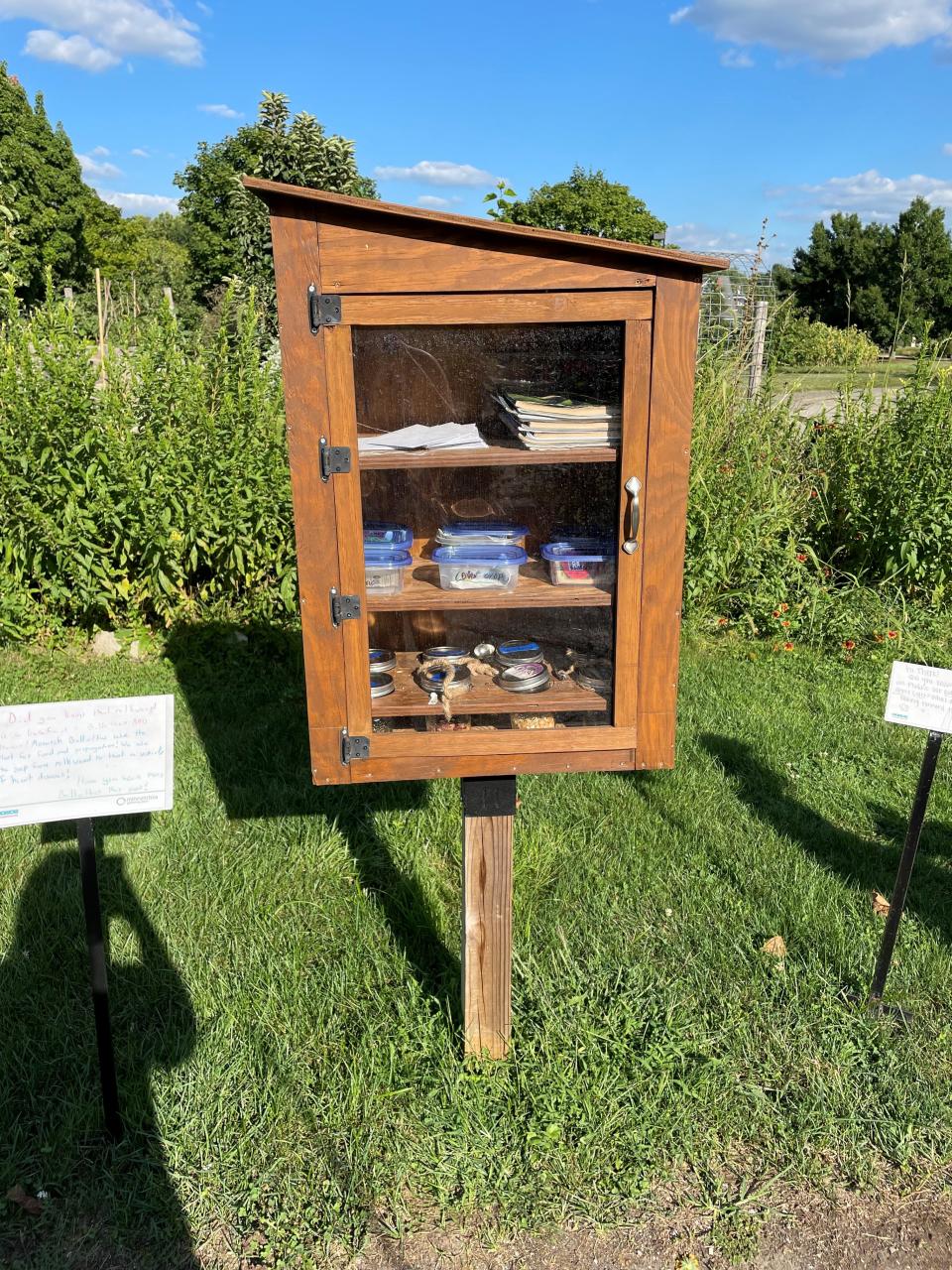Get up and Grow: It's seed catalog time!
Winter can be a gloomy time of year, but every gardener knows that this is when the excitement builds for spring. The arrival of seed catalogs in the mail is what really sets the season off. If you’ve never started a garden from seed or you’ve never felt the rush of finding a brand-new seed catalog mixed in amongst the junk mail, then you’ve come to the right place.
Here we’ll be going over the ins and outs of seed catalogs, what to look for when picking out seeds for your garden, the importance of planning, and many other helpful tips.

Most seed companies offer free catalogs as well as online resources. You can even shop locally for your seeds, as many local retailers will be putting seeds out soon. Even if you prefer to shop locally, catalogs can offer loads of helpful information and inspiration that can’t fit on the back of a seed packet.
Getting started
Go online and search for “free seed catalogs”. From there, you will find numerous options, but be sure they are trusted brand names.
Keep it simple and start with a plan. Be careful of having eyes bigger than your stomach.
You can find new inspiration or ideas for your garden by looking through catalogs! Don’t be afraid to try new things.
Remember that learning from our failures is part of gardening.
Garden plant and seed terms
Maturity and harvest dates can vary significantly with weather and growing conditions. Using these numbers as a guide rather than a strict rule is best. They can be useful for growing multiple successions of a single vegetable and ensuring that your garden is always productive.
Days to Maturity – Plant maturity is generally defined as the point at which you can start picking vegetables, anything from ripened fruits like tomatoes or peppers to full-sized roots such as carrots or radishes.
Days to Harvest – This can be a little different as some things in the garden can be harvested before they are fully mature. Lettuce, spinach, carrots, and others can be harvested while they are still young.
Days to bloom and bloom season: Both can help plan for a garden that is always in bloom.
Days to Bloom – This will tell you how many days until a plant will begin to flower once planted in the ground.
Bloom Season – This will tell you what months or what time of the year a plant will flower.
Tomatoes come in two different types, determinate and indeterminate.
Determinate tomatoes only grow to a specific size, produce their fruit all at once, and then they are done. Their size and production are limited or determined. Due to their size, determinate tomatoes are a good choice for patio or balcony gardens.
Indeterminate tomatoes are the opposite. These vining varieties require a support structure (cage or staking) for optimum production. They will continue to grow and produce fruit up until frost.
You may choose from two different types of seeds: Heirloom and Hybrid.
Heirloom –Refers to specific cultivars that have been with us for at least fifty years; many varieties go back over a hundred years.
Hybrid – These seeds are the product of cross-pollination between two different parent plants. These seeds often feature specific disease resistance, higher yields, or shorter harvest periods.
“Disease-Resistance” and Specific Disease Resistance – Watch out for seeds with descriptions that claim they are “disease-resistant”. Resistant to what? Look for what that cultivar or variety is resistant to. Good catalogs will have an index of different diseases and abbreviations. These abbreviations will be listed next to the seed’s description.
V – for verticillium wilt
N – for nematodes
DM – for downy mildew, etc.)
Most seeds will grow regardless of how they are planted, but following the guides on the packets will give you better odds of success.
Direct Sow – Indicates seeds should be sown directly in the ground. Root crops such as carrots and turnips do not like to have their roots disturbed which happens during transplanting. Also, plants that can germinate in colder soils or grow rapidly are usually directly planted in the ground.
Transplant – Indicates seeds should be started indoors. These include long-season crops, slow starters, or seeds that like warm soil for germination, such as tomatoes and peppers, which benefit from the jump start of being started indoors and can be planted outside after the dangers of a late frost. Just be sure to give your transplants a few days to adjust to the outside before planting them in the ground. They have been growing all their life indoors, and the move outdoors can put them into shock.
A few more tips to get you started
Remember that some vegetables grow more quickly than others. Spinach, lettuce, and arugula can be planted and harvested several times throughout the growing season, so you may want to buy extra seeds.
I know it seems obvious, but if no one in your family likes beats, then don’t buy beat seeds.
Keep the size of your garden in mind when choosing seeds. If space is limited, avoid pumpkins and watermelons that will take over the whole garden.
Here at Minnetrista, our Horticulture staff keep a Little Free Seed Library in the Orchard Garden stocked with seeds, seed catalogs, and gardening magazines. It’s a great way to pick up some seeds and new ideas for the garden!
Chris Allen is a Horticulture Specialist at Minnetrista. He can be reached at 765-287-3576 or by email at callen@minnetrista.net.
This article originally appeared on Muncie Star Press: Get up and Grow: It's seed catalog time!

